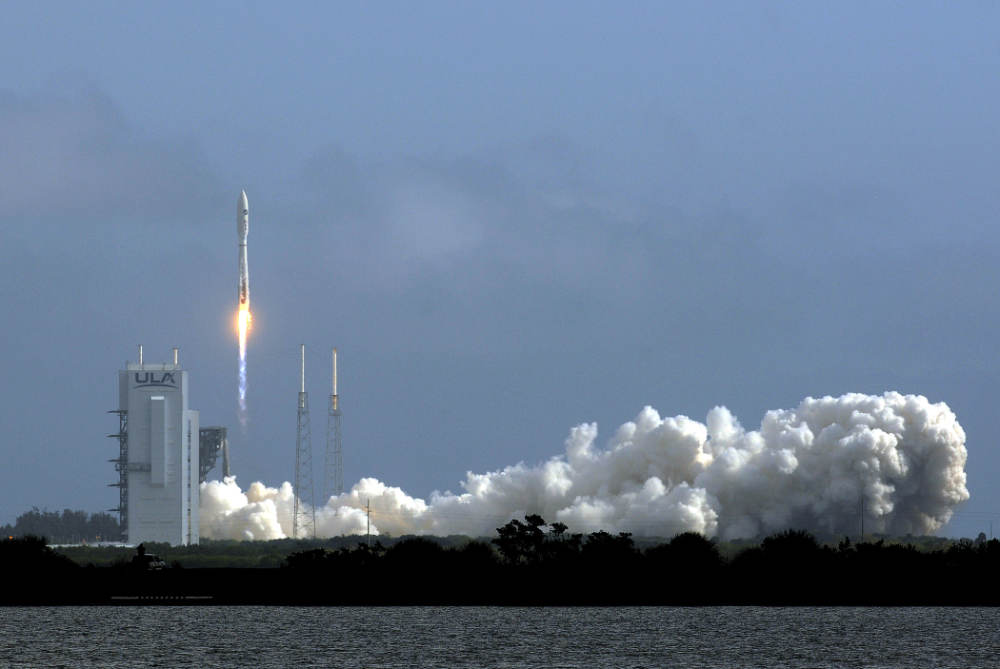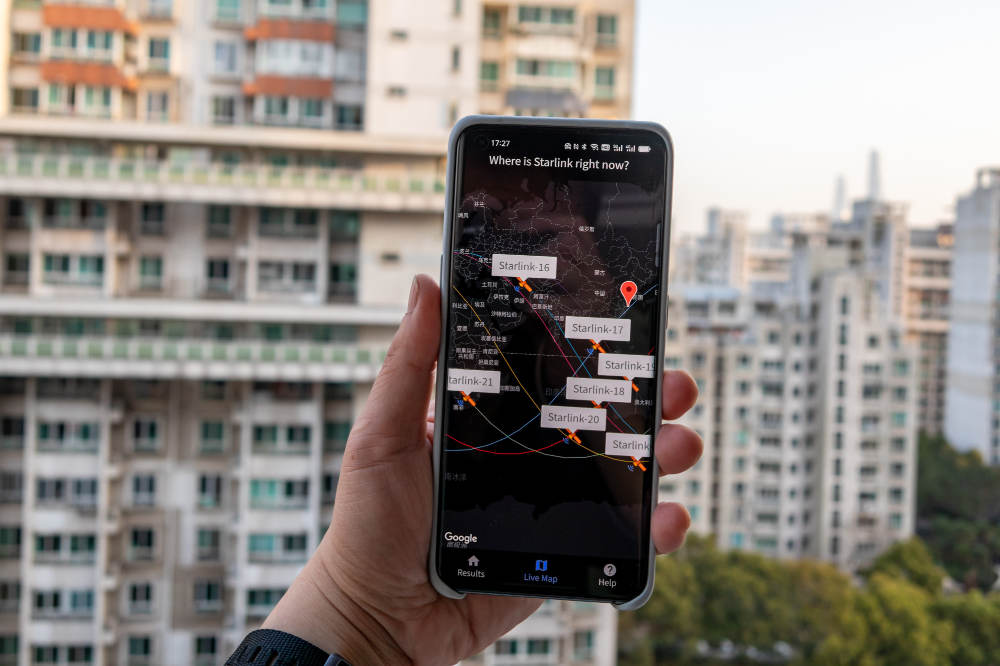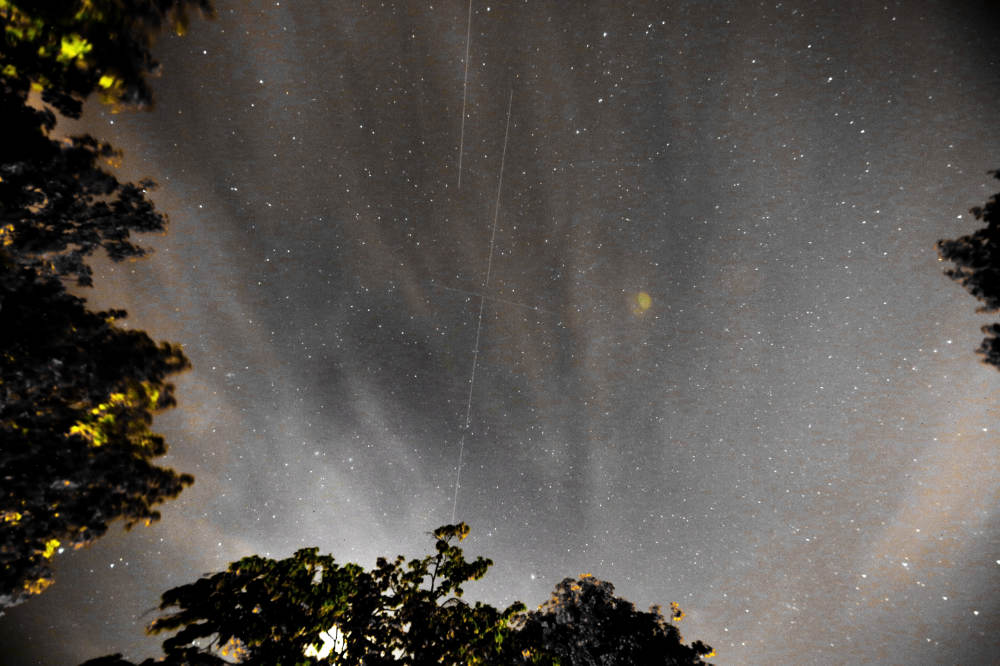Sábado, dia 1. de maio 2021
I really don’t know what drives the majority of humankind to get a smartphone? As for myself, I am absolutely in the minority camp in this respect. Over half of humanity owns such a flat plaything. It seems to me I belong to the few non-smart people. The name alone, “smart” phone is a joke. All these smart people have spent hundreds of euros on this and can now use it to take pretty pictures. Pretty pictures is something I can take too; for this I use my old professional camera. And I am also able to make phone calls don’t you know. For which purpose though I use a small old mobile phone device made by a Finnish company which cost me 35 euros back in the day and is not Internet-enabled. How do I use the Internet? At my desk. By the way, at home I also have a normal telephone, one of those with a cord attached. And this setup will stay that way. It’s called a landline. The line meanders across the countryside and poles all the way to my house, is fed through the outer wall inside and is attached to a plug, which receives the cable of my landline phone. Why, you may ask?
Because those who rely exclusively on satellite telephones might soon be abandoned to their fate. Of the 900 Starlink satellites cruising in orbit for Elon Musk’s planned Internet from outer space three per cent are said no be no longer working. This could lead to a world-wide problem. At the beginning of the month Elon Musk gave the starting signal, by email, extending the Beta tests of his Starlink satellite Internet. Due to the government contracts recently awarded to Musk’s rocket company SpaceX, but also the firm’s successful Starlink development, renowned Wall Street analysts are already valueing SpaceX at 100 billion US dollar – absolute best-case scenarios put the figure at 200 billion dollar even. All this despite warnings by space scientists about the dangers of the huge satellite fleet. In case of an accident its entire value could be wiped out.
Since the first Starlink satellites started orbiting the Earth at the latest there has been criticism of the project, mostly to do with light pollution. When the satellite formation flies by across the night sky it is visible even with the naked eye. Musk and SpaceX reacted by painting the devices a dark colour. However, the bigger danger foreseen by experts is the risk of collisions, given the increased quantity of space debris in orbit. Calculations by astrophysicist Jonathan McDowell show that this worry is not unfounded.
According to McDowell, who is referencing data provided by both SpaceX and the US government, three per cent of the Starlink satellites are currently junk. This means they are no longer working and/or cannot be steered from the Earth. McDowell doesn’t even hold this error rate to be very high, yet a single broken satellite may become a danger to other satellites or spaceships. Particularly high danger levels are reached when you extrapolate the three percent error rate to the projected dimension of 42,000 satellites.
This means that over the coming years, in the worst-case scenario over 1,000 satellites from SpaceX’s Starlink programme, weighing over 250 kilogrammes each could be randomly zipping around the orbit, as described by phys.org. By comparison: according to the ESA European space agency there are around 5,500 satellites, of which 2,500 are still working. Add to those another tens of thousands smaller and larger still-functioning objects with a destructive potential that are orbiting the Earth.
By the way, I am not on Facebook, nor on Twitter or Instagram. In that at least I am still part of the majority of humanity; Facebook only has 2.2 billion users after all. I just don’t see why I of all people should have so many friends. I am happy with a few true friends. Of the kind I ring from time to time with my old handset and ask them how they are keeping. Most of them share my passions, or I share theirs: we meet in person, enjoy being in nature, walking in the forest, planting trees and watching them grow. I think by doing this we are on the safe side, as planting trees is supposed to free humanity, as I read in the new book by professor Suzanne Simard (Vancouver), from the grip of climate crisis. Which is why I refuse to take part in what I call artificial stupidity. This story was written by my own good self, using run-of-the-mill normal intelligence, enlisting informal help from a few digital pioneers. We will solve the climate crisis with very little technology: I’d say tools such as a hoe and spade should do the job…
 Eco123 Revista da Economia e Ecologia
Eco123 Revista da Economia e Ecologia




